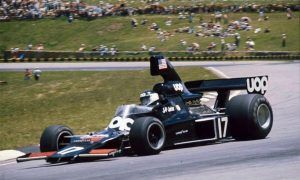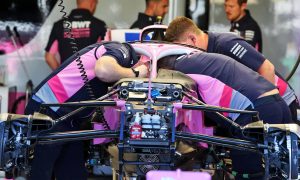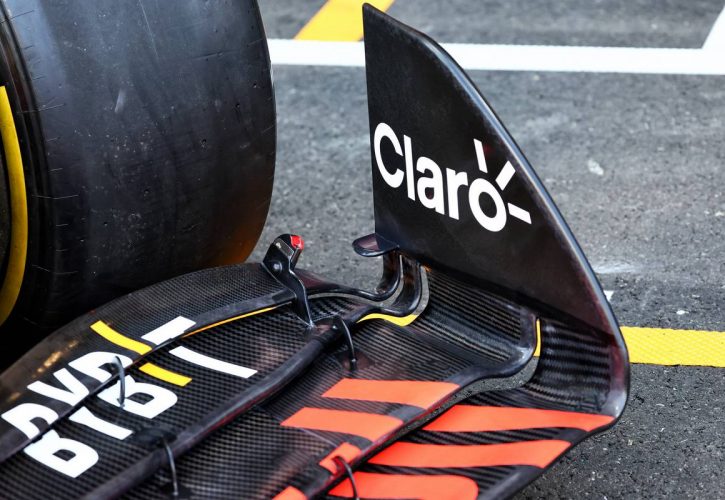
Formula 1's governing body the FIA has sent a draft proposal to all teams for a new technical directive aiming to tighten up how flexible wings are implemented in the sport in future.
The FIA says it wants to ensure that cars adhere to the spirit of the current regulations, and insists that the new proposals aren't aimed at any one team in the grid doing better than any other.
There had been rumours that Aston Martin's early season success had been related to a clever way of working around the rules relating to flexible wings, which can help retain downforce without adding drag or compromising straight line speed.
Aston said at the end of April that it had not been asked to change its front wing specification by the FIA, which insists the latest proposals are about improving policing of existing rules and not about bringing anyone in line.
“We are continually monitoring the deflection characteristics of aerodynamic assemblies to ensure cars adhere to the requirements of technical regulations," the FIA said in a statement released to the media including The Race.
“This is partly through the deflection tests that are specified in Article 3.15, but also through ad hoc tests and inspections that can be beyond what teams might usually expect," the statement continued.
“These additional observations can lead to a need to clarify how we believe the regulations should be interpreted," it explained.
“There has been a draft technical directive on the subject of bodywork flexibility issued in response to observations across several cars that ensures the FIA and teams all have a common understanding of the way we should interpret the regulations."
The proposal makes specific reference to Article 3.2.2 of the current rules which states that: “All aerodynamic components or bodywork influencing the car’s aerodynamic performance must be rigidly secured and immobile with respect to their frame of reference.
“Furthermore, these components must produce a uniform, solid, hard, continuous, impervious surface under all circumstances," it added. "Any device or construction that is designed to bridge the gap between the sprung part of the car and the ground is prohibited under all circumstances.”
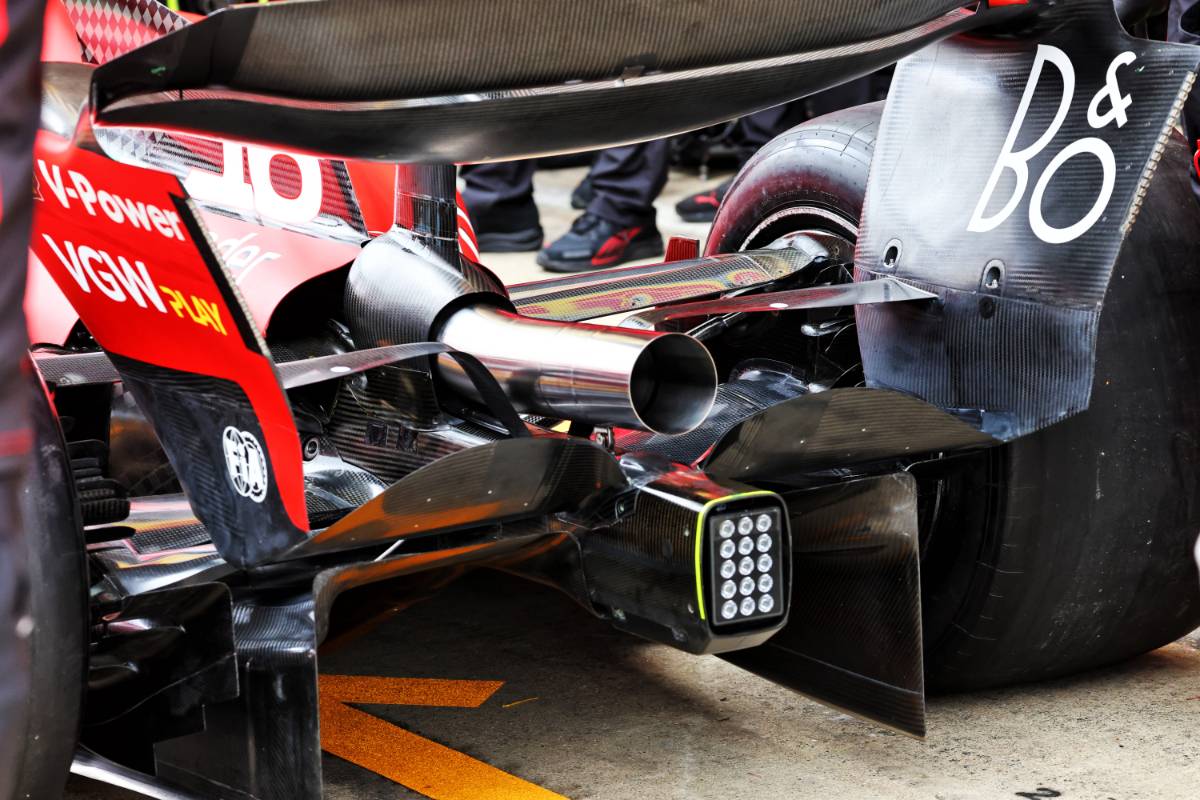
Because wings can never be totally rigid under the stresses and forces of high speed, they have long been an area of development by teams trying to figure out the best way of gaining an edge on their rivals.
The wings can direct air through the underfloor of the car. F1's latest rule changes sought to minimise how dirty air could be used to compromise the handling of car behind them seeking to overtake during races.
In TD018 the FIA suggested that teams are exploiting “regions of purposely design localised compliance” as well as “relative motion between adjacent components” to boost aerodynamic performance.
It fears teams could be exploiting sophisticated design elements and systems to rotate and flex front and rear wing elements in ways undetectable to current load tests when the car is stationary.
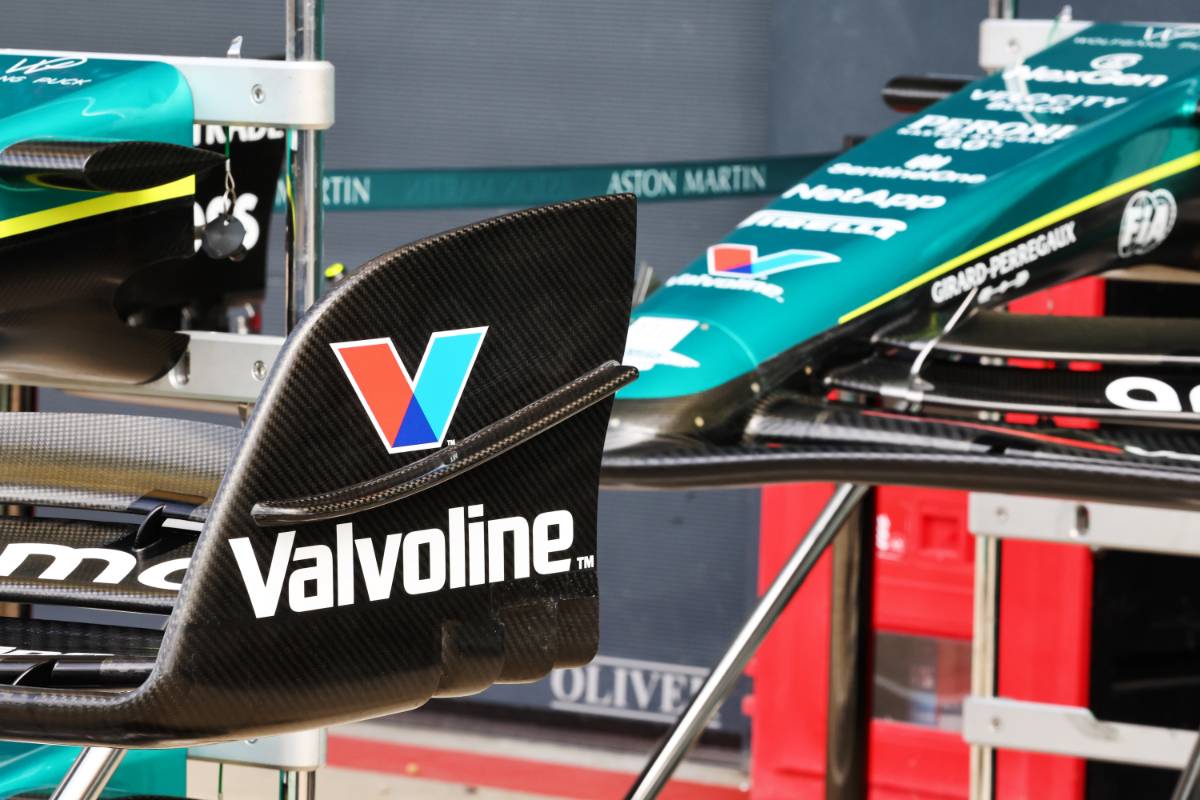
Teams now been told to submit assembly drawings and cross sections showing how front wing elements are fixed to the nose, and rear wing elements to endplates, rear impact structure and pylons, to help the FIA better understand how wing components are being used.
Teams have until September 8 to submit the necessary drawings and documentation, according to Motorsport.com.
The issuing of the new draft proposal suggests that the FIA could introduce a formal technical directive on the subject in the next few weeks, having delayed any new measures until next month's Singapore Grand Prix to give teams sufficient time to make changes.
Keep up to date with all the F1 news via Facebook and Twitter




